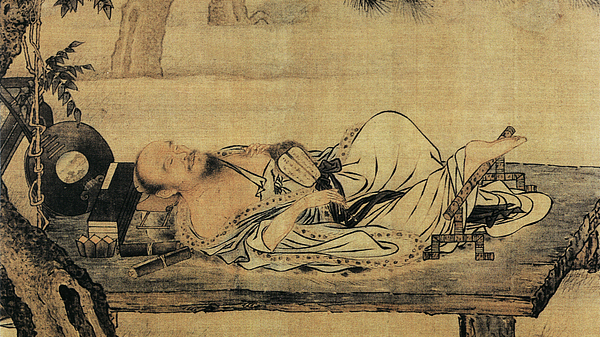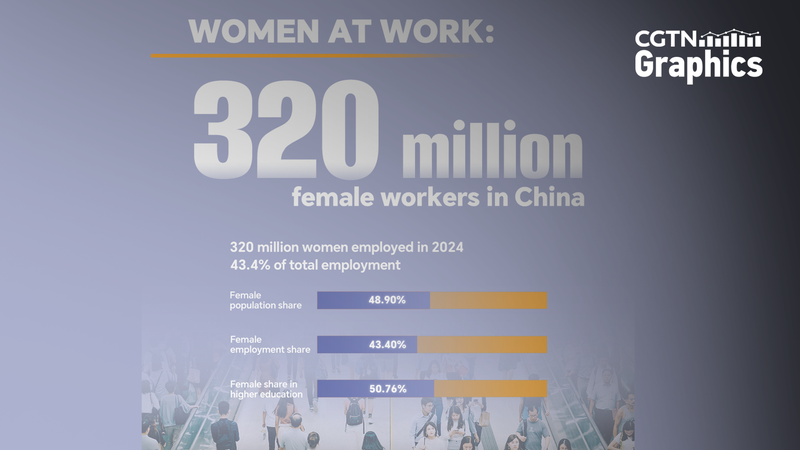Imagine walking into a Taoist sage’s abode, craving the “ultimate way of life”. In this two-thousand-year-old parable from Zhuangzi, a troubled man learns that the answers we seek are often hidden in plain sight—sometimes masked by the “crowd” of our own doubts and distractions.
He arrives at the sage’s door, voice heavy with questions, mind buzzing with worries. Instead of greeting him with wisdom-filled verses, the old master asks a single, simple question:
“Why have you brought such a crowd of people with you?”
Confused, the man turns around. No one is there. The sage repeats, “Do you still not understand why you are troubled?”
This brief exchange, passed down through two millennia, mercilessly strips away complexity. The “crowd” of voices inside us—fears, expectations, comparisons—creates an invisible barrier to clarity. Zhuangzi’s message? The “Way” isn’t found by adding more information, techniques, or gurus to your life; it’s discovered by letting go of the unnecessary noise.
Why it matters today
- Mindful leadership: In a world overflowing with data and opinions, leaders who silence the internal and external chatter can see clearer paths to innovation.
- Personal growth: Entrepreneurs and changemakers often juggle dozens of tasks. Pausing to clear the “crowd” can spark creativity and resilience.
- Cultural resonance: From remote Yurts in Central Asia to skyscrapers in megacities, the quest for inner clarity unites globetrotters and digital explorers alike.
Two thousand years later, Zhuangzi’s dreamy metaphor still nudges us: The answers you seek have been with you all along. Sometimes, wisdom doesn’t arrive with a grand revelation—it emerges when you stop filling your life with extra voices.
Next time you feel overwhelmed, ask yourself: Who’s in your invisible crowd?
Reference(s):
Butterfly in an invisible crowd: tracing wisdom in Zhuangzi's dream
cgtn.com


